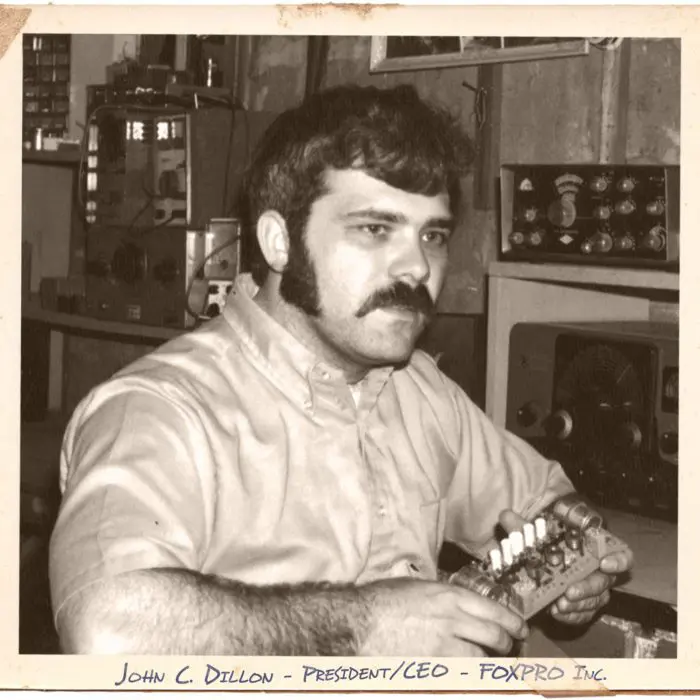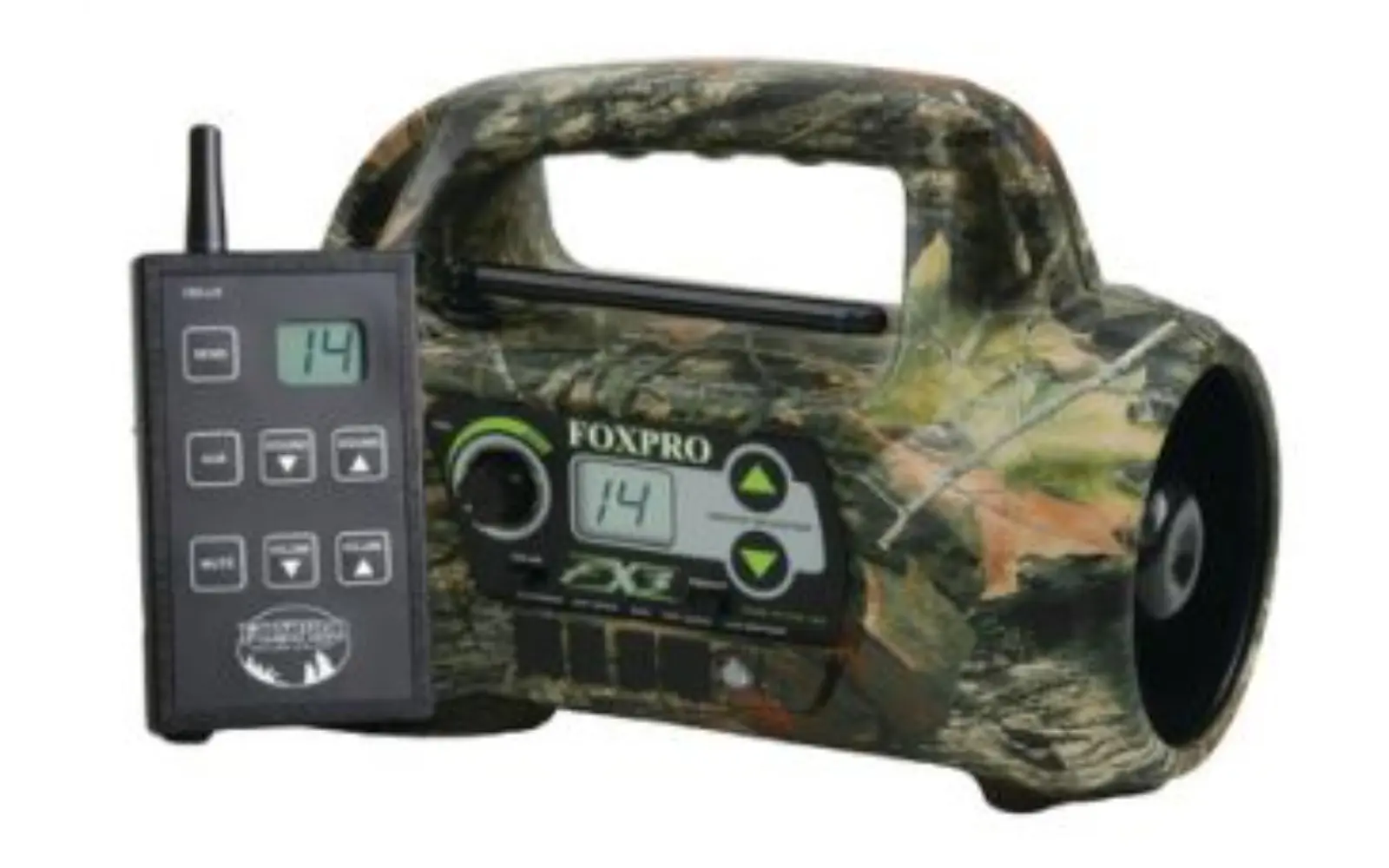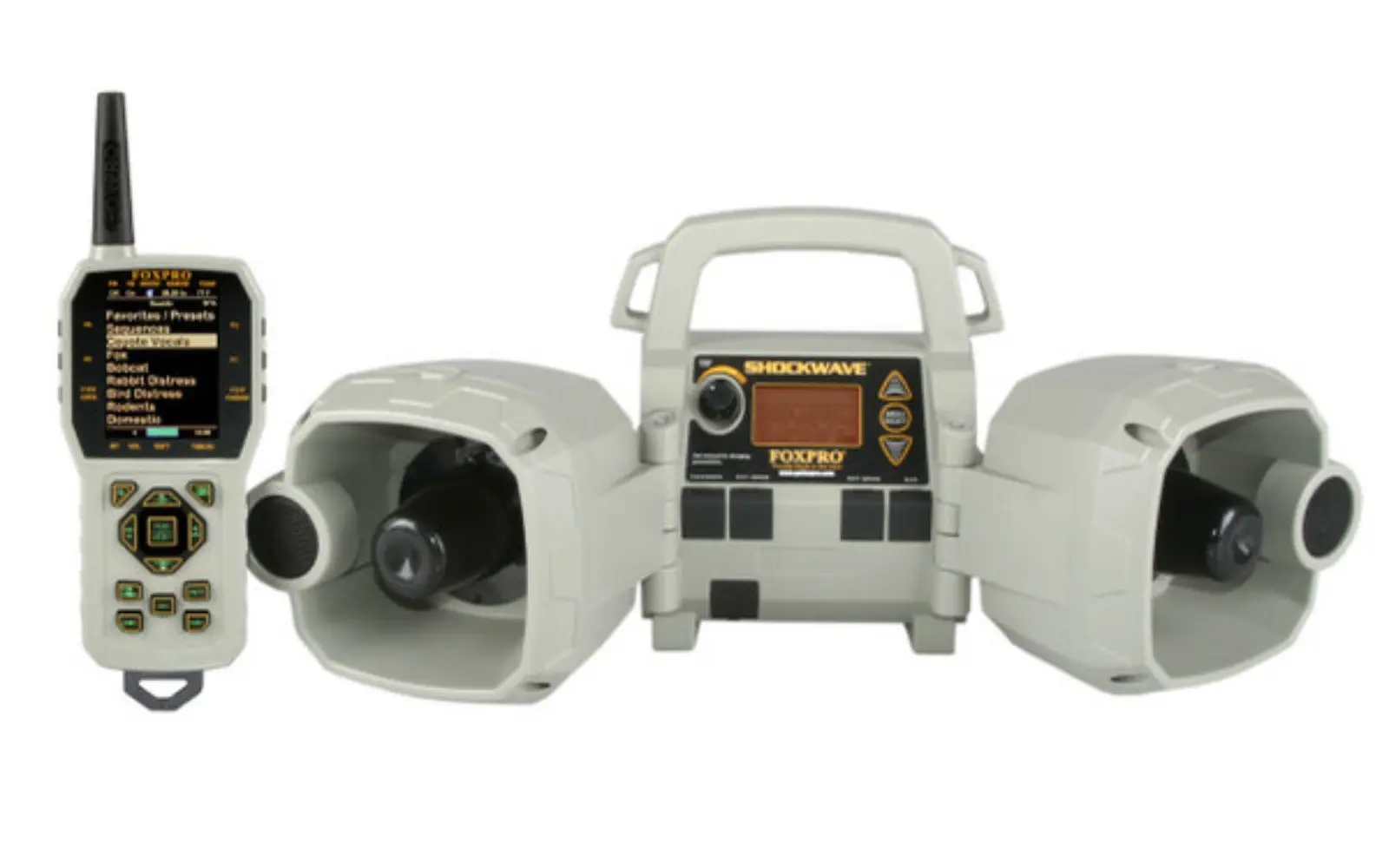
NOTICE: Certain links on this post may earn a commission for Western Hunter Magazine from Amazon or our other affiliate partners when you make a purchase. Thank you for your support.
Foxpro Calls - The History of a Legend
John Dillon was the first of nine brothers and sisters. He grew up in Pennsylvania and spent his youth with his eyes glued to electronics magazines and books. The allure and fascination kept him intrigued endlessly. Although he didn’t know it at the time, the knowledge he strived for would later help catapult him atop the evolving electronic game call industry with Foxpro Calls.
When he was just 12 years old, his burgeoning knowledge led him to find a job repairing radios and television sets. It was the perfect job to help him continue his passion.
John eventually became chief engineer at a local radio station. Not only was electronics engineering his career choice, but he also spent spare time in his home workshop - a two-car garage that was transformed into an electronics lab. There he would experiment, create new gadgets, and continue to hone his electronics prowess.
At one point, he developed a shortwave receiver. It landed him on the front cover of a national magazine - the same one that he read at an early age.
Foxpro Calls is Born
One day, he noticed his sons, Mike and Steve, heading out on a fox hunt with a friend. John watched them lug around a large, cumbersome game call from that era. Additionally, thanks to the cassettes needed for calling, it turned the hunt into a painstaking venture. Just the sight of the equipment provided John with the inspiration needed to develop a “better mousetrap”.
Over the next couple of years, John tinkered with various concepts. Each new design was tested and evaluated with the help and encouragement of his wife, Sherry. She was with him to witness his first calling success. Together, they hid under a blanket and observed a fox running in at full speed to investigate the distressed rabbit cries coming from a jumble of electronics hidden in a paper sack.
That early success spurred more improvements. Once the electronics were finalized, the next step was to find appropriate housing. A trip to Walmart uncovered a potential fit. He purchased a Rayovac flashlight and discovered it to be a perfect fit. The first of many FoxPro calls – a 48B - was born in 1993.
Word soon got out and John started getting calls, first local and then from much farther away. Each electronic game call was built one at a time. The FoxPro name was now getting out.
Mike and Steve Dillon began working part-time to help their father assemble the units. FoxPro was expanding, but John still maintained a full-time job. However, that demand grew to the point where he had to take early retirement to put all focus and energy into his new business. Mike and Steve eventually joined their father and became full-time employees.
The Legend: FX3
As time passed, operations were moved from John's garage to the basement, and then to a 4500-square-foot facility. The new space provided some breathing room and more employees were brought in. Additional employees afforded John time to begin focusing on product development.
This focus led to the creation of the FX3 - a ground-breaking unit – in 2005. It was the first call built into a custom-molded housing. Sales exploded and the electronic game call market was forever changed.

A year later, FoxPro was booming. John and Sherry finally settled into a 45,000-square-foot facility located only a quarter-mile away from where John grew up.
In addition to making game calls for hunters, FoxPro has now also worked with government agencies, the U.S. military, oil refineries, and many other businesses, and organizations.
Today: The Shockwave
In 2012, FoxPro released its modern-day flagship call system, the Shockwave. This four-speaker system has two horn speakers and two tweeters. The Shockwave comes with 100 high-quality sounds and the ability to store and access up to 1000 sounds. You can operate it manually or by remote control. The control features a full-color graphic LCD screen that displays your sound list or categories and indicators for barometer, moon phase, temperature, and battery level. It also has a timer and more.

The multifunction unit allows you to mix and match sounds simultaneously, move the sound from speaker to speaker, manipulate the pitch, and record data.
Honestly, there are so many more options and intricacies to the unit that it’s advisable to visit their website to see it all. Other than actually shooting and skinning your prize, it probably has it covered.


